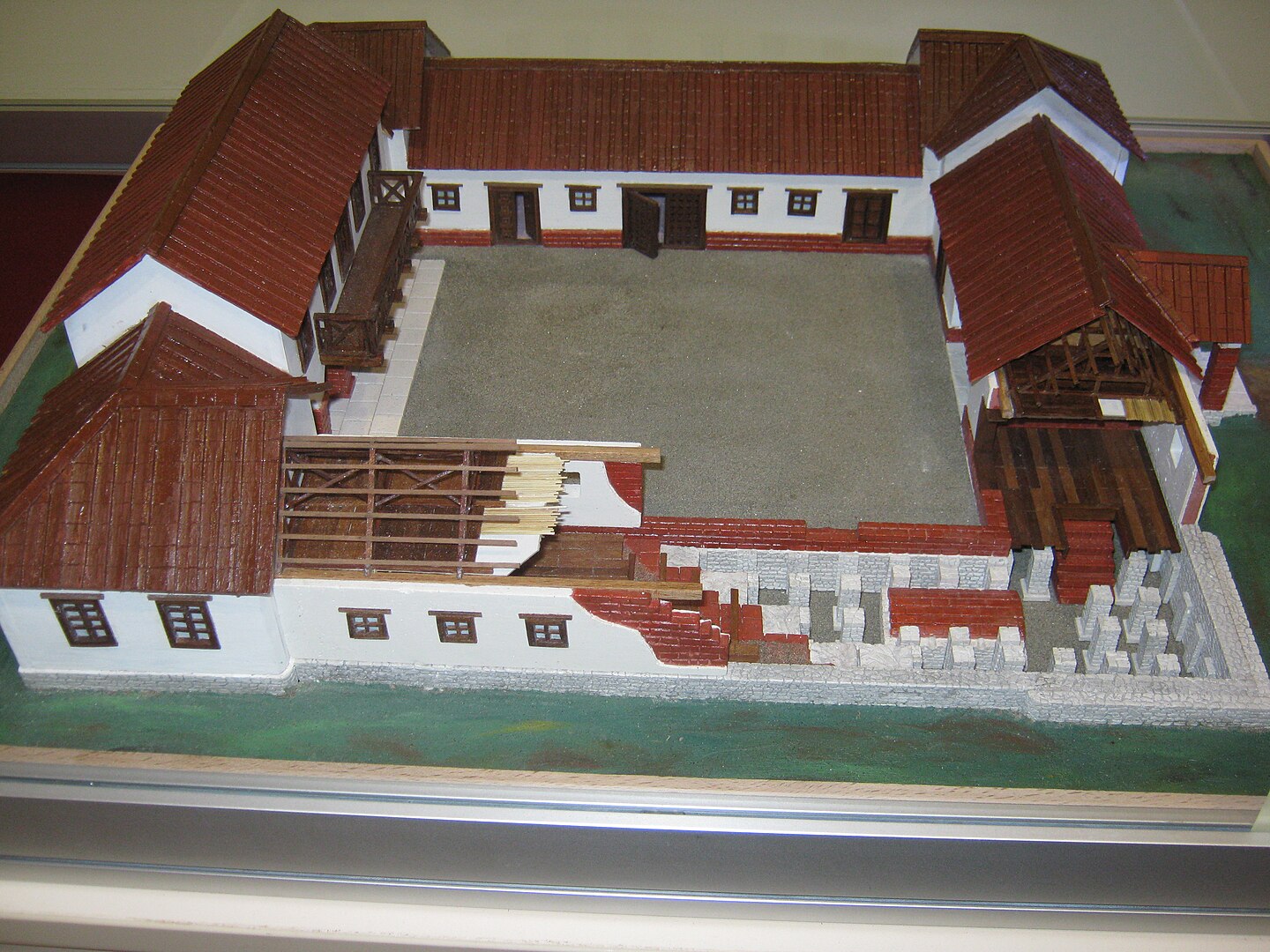
The exquisite jewelry likely belonged to an elite woman of the Bronze Age period.Continue reading

Sonar images taken at the bottom of Lake Hegyesd reveal the foundations of a central building from an ancient Roman villa farm (villa rustica). Located between Hegyesd and Monostorapáti (southwestern Hungary), this discovery is part of ongoing research at the fishing pond. According to balaton.hu, experts combined sonar technology with traditional archaeological methods to uncover stunning visuals.
While the presence of a Roman villa at the lake’s bottom has long been suspected, this research marks the first 3D mapping phase. The current hypothesis, based on an October survey, suggests that the lake was dammed, preserving the remains of the villa under water.
These sonar images, shared by the Albert Wass Library and Museum of Tapolca show the outline of the villa’s main structure.
The Roman presence in Hungary, known as the Pannonia Province, is well-documented through the discovery of numerous Roman artifacts and structures all around the country. Roman villa farms were widespread throughout the empire, functioning as agricultural hubs. They played a key role in food production, and their owners often amassed wealth and status by managing large estates that produced grains, wine, and other goods.
The remains of such villas provide crucial insights into Roman life and economy.
The next phase of this research could include an underwater excavation, potentially revealing even more valuable relics from this submerged site. This ongoing work promises to deepen our understanding of Roman life in the Pannonia and enhance our historical knowledge of the region.
Via balaton.hu; Featured Image:Wikipedia